
The 2024 Peking University–ACS Publications Environmental Health International Forum Successfully Held at Peking University
Jointly hosted by the Peking University Institute of Reproductive and Child Health and the School of Urban and Environmental Sciences, the 2024 Peking University–ACS Publications Environmental Health International Forum (September 19-21) concluded successfully at Peking University. This Forum gathered top experts and scholars from around the world in the field of environmental health to engage in in-depth discussions on the theme “What is the Next Wave of New Pollutants?” providing valuable academic resources and collaboration opportunities for the future direction of global new pollutant research. The academic presentations covered various cutting-edge topics, including new pollutant control, exposomics, health risk assessment, and machine learning, presenting the latest research findings from different disciplinary perspectives.
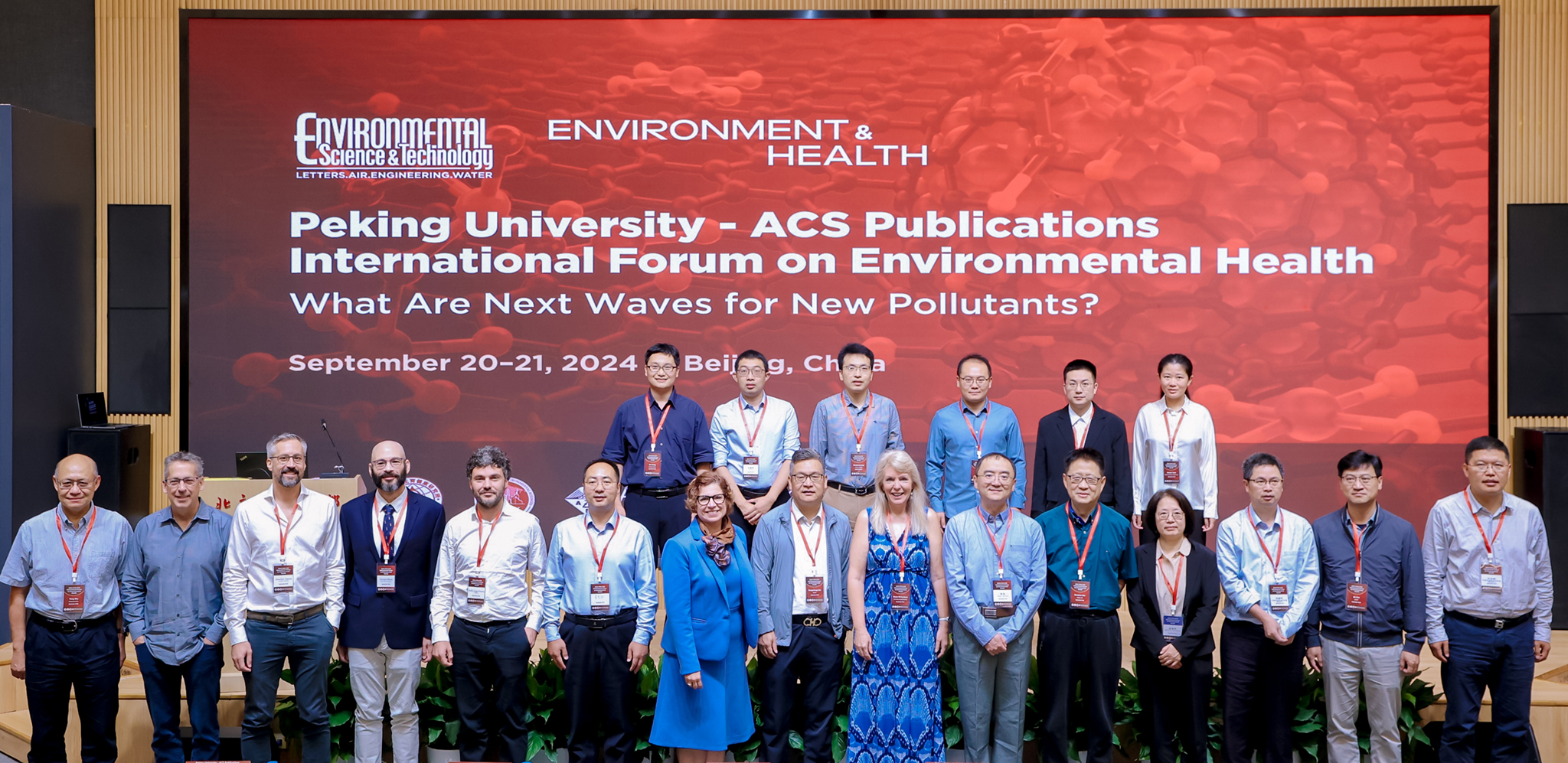
Figure 1. Group photo of the reporting experts, invited experts, and hosts (September 20).
The Forum was chaired by Academicians Guibin Jiang and Tao Shu, with Researcher Wang Bin and Researcher Shen Guofeng serving as the directors of the organizing committee. Co-organizers included the American Chemical Society Publications, the Research Center for Eco-Environmental Sciences, Chinese Academy of Sciences, Fudan University, Tsinghua University, Zhejiang University of Technology, Dalian University of Technology, Shanghai Jiao Tong University, Beijing Normal University, China University of Geosciences (Beijing), the editorial office of Environment & Health journal, the Environmental and Reproductive Health Committee of the Chinese Society of Environmental Mutagenesis, the Key Laboratory of Reproductive Health of the National Health Commission (Peking University), the Key Laboratory of Epidemiology of Major Diseases (Peking University), the Key Laboratory of Surface Process Analysis and Simulation (Peking University), and the Chinese Cohort Sharing Platform (Peking University). The Forum received support from six companies, including Agilent Technologies (China) Co., Ltd., Beijing Kedenos Technology Co., Ltd., Beijing Haimeihua Technology Co., Ltd., Renhui (Beijing) Cultural Development Co., Ltd., Jiangsu Hongzhe Xinyue Information Technology Co., Ltd., and Shanghai Aibocai Analytical Instrument Trading Co., Ltd. (SCIEX China). The event combined online and offline participation, attracting approximately 200 scholars from 86 universities and research institutions worldwide to attend in person. Live broadcasts were conducted on multiple platforms (Peking University Institute of Reproductive Health, Peking University School of Urban and Environmental Sciences, American Chemical Society Publications, and Kexing College), garnering over 80,000 online viewers.
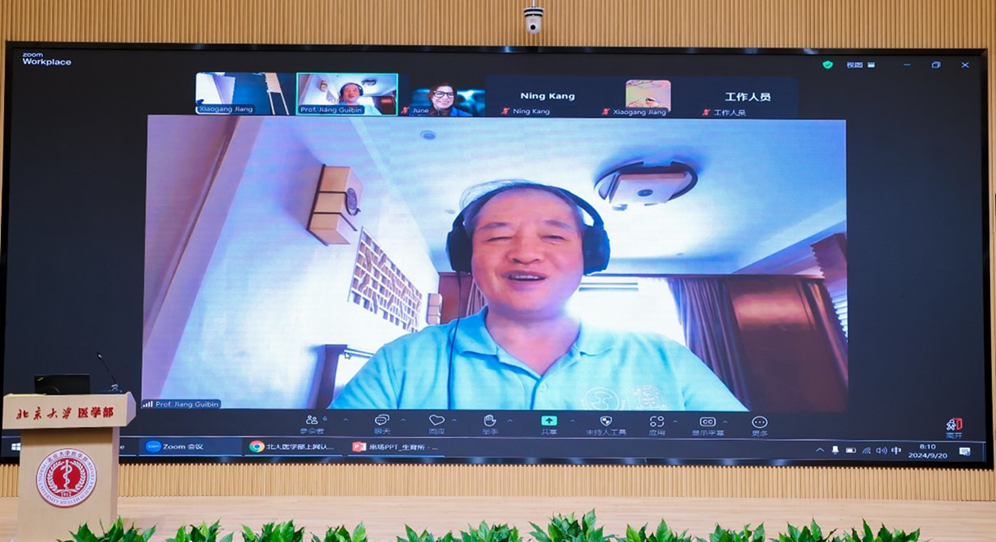
Figure 2. Prof. Guibin Jiang delivers an online welcome speech.
Prof. Guibin Jiang, Editor-in-Chief of the Environment & Health journal and from the Research Center for Eco-Environmental Sciences, Chinese Academy of Sciences, delivered a welcoming speech congratulating the forum and emphasized that the theme “What is the Next Wave of New Pollutants?” addresses a key issue in global environmental health. It is well known that new pollutants not only disrupt ecosystems but also pose significant threats to human health. The challenges of managing these pollutants have become a focal point of global attention, necessitating collaborative research and innovative solutions. The Chinese government has responded proactively by launching the “Action Plan for New Pollutant Management,” which outlines a systematic approach of “screening-assessment-control” aimed at addressing these threats. This plan has promoted foundational research and integrated new technologies such as environmental chemistry, medicine, artificial intelligence, and big data into the research framework for new pollutants. According to official statistics from the ACS Publications, approximately 17% of papers published in the flagship journal Environmental Science & Technology over the past decade involved new pollutant research, with the contribution of Chinese research institutions rising from 23% in 2014 to 67% in 2023. This growth highlights China’s significant contribution in this research area. Prof. Guibin Jiang expressed his happiness in collaborating with Peking University scholars to organize this forum, which will further promote new pollutant research and support prevention and control efforts in China and globally.
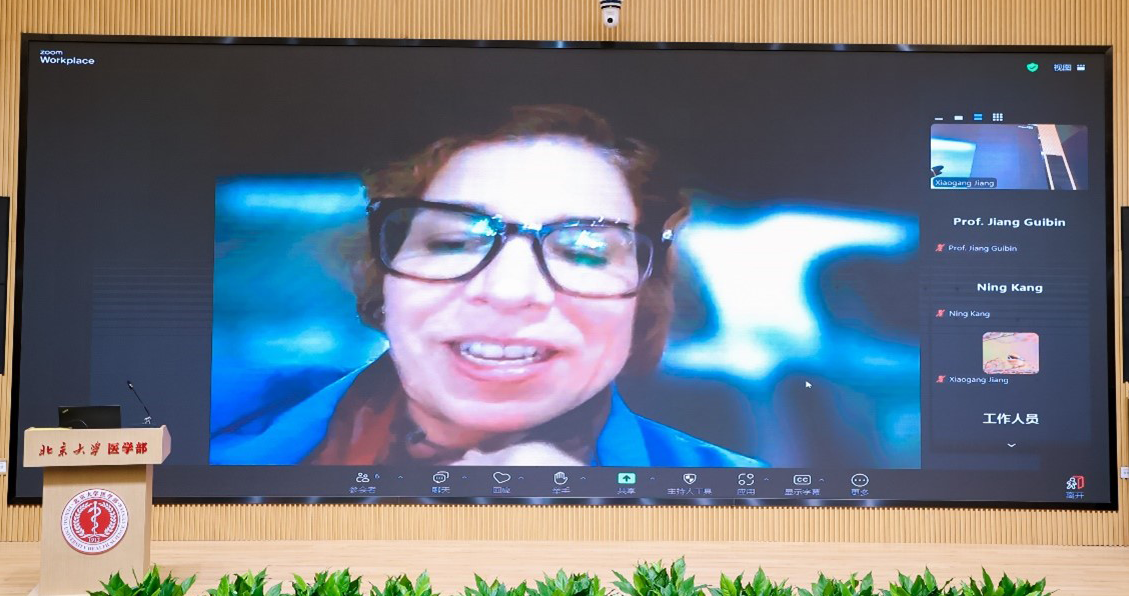
Figure 3. Dr. Sarah Tegen delivers an online speech
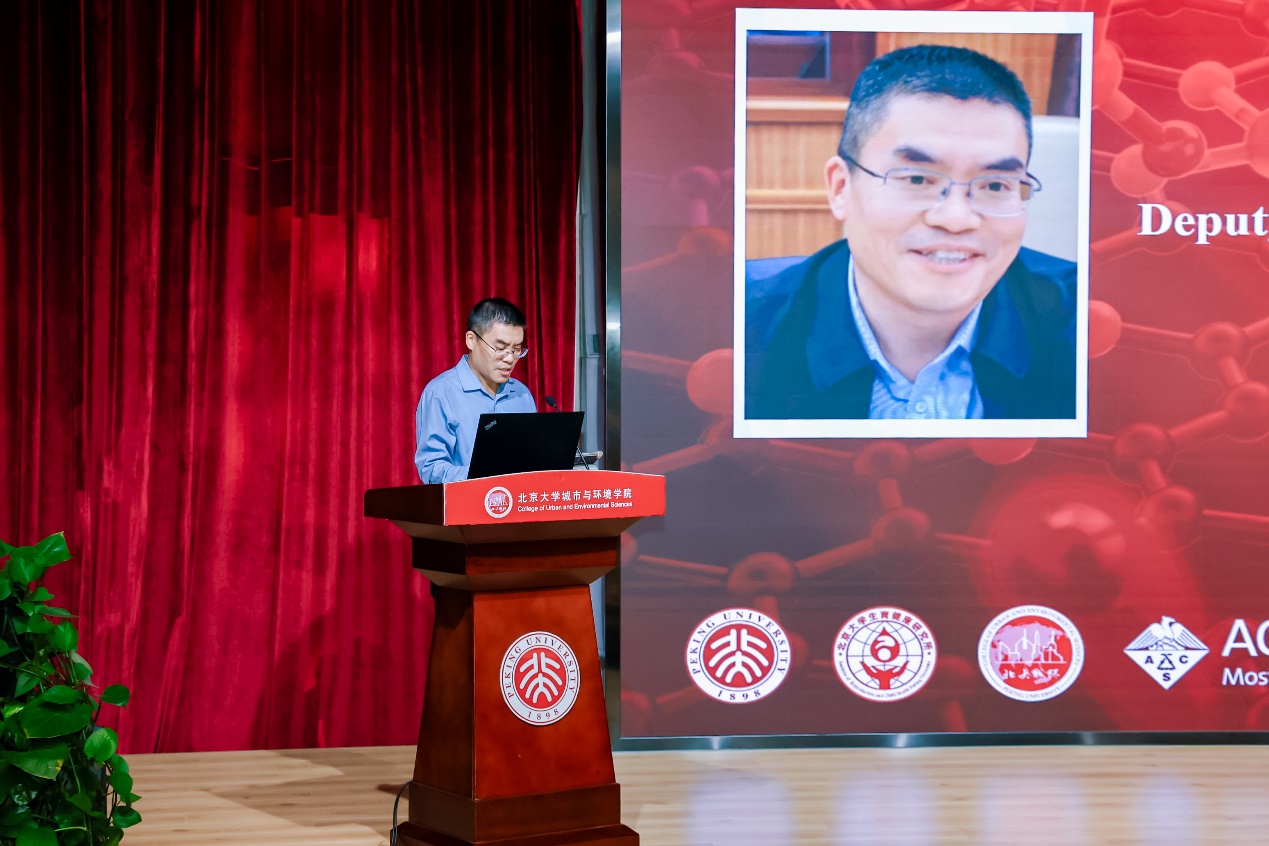
Figure 4. Deputy director Wang Shunbing delivers a speech
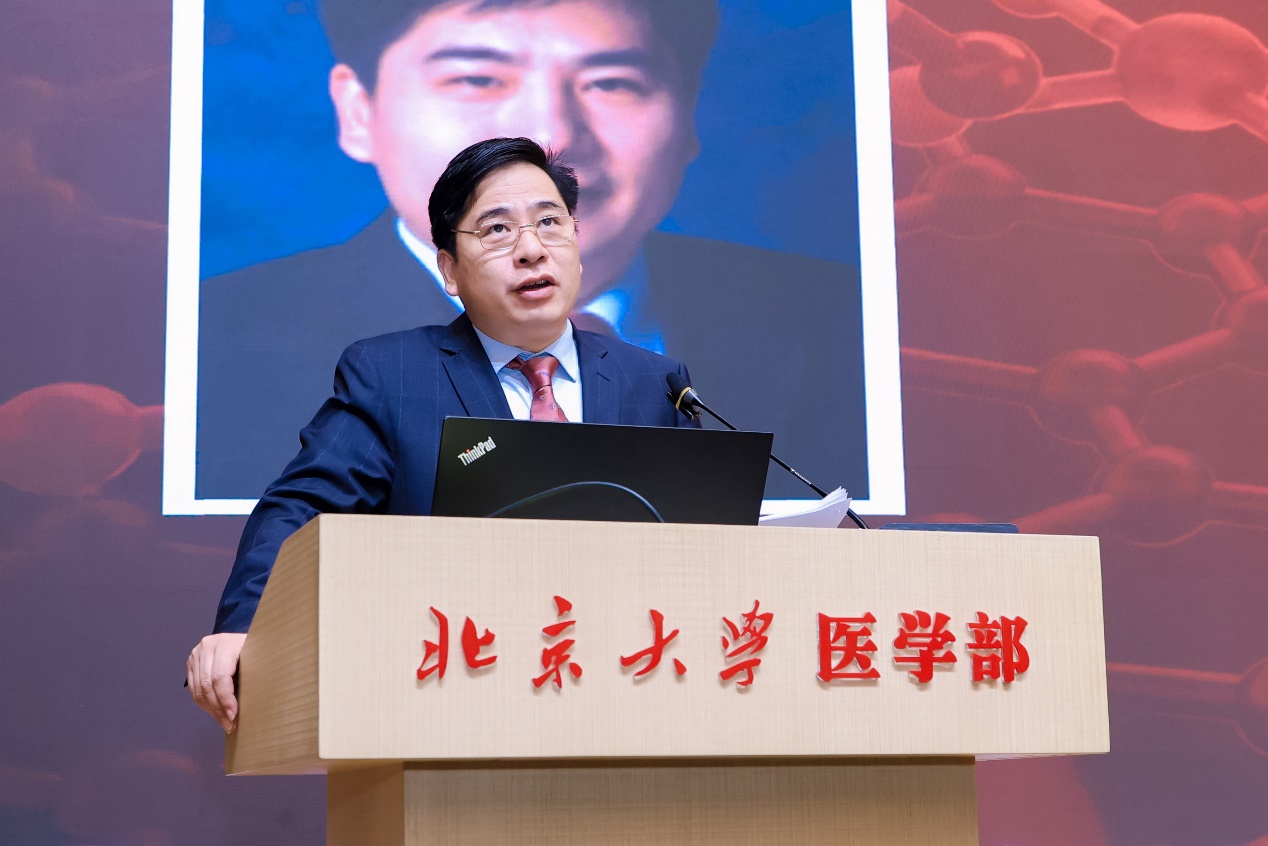
Figure 5. Prof. Jiancheng Wang delivers a speech
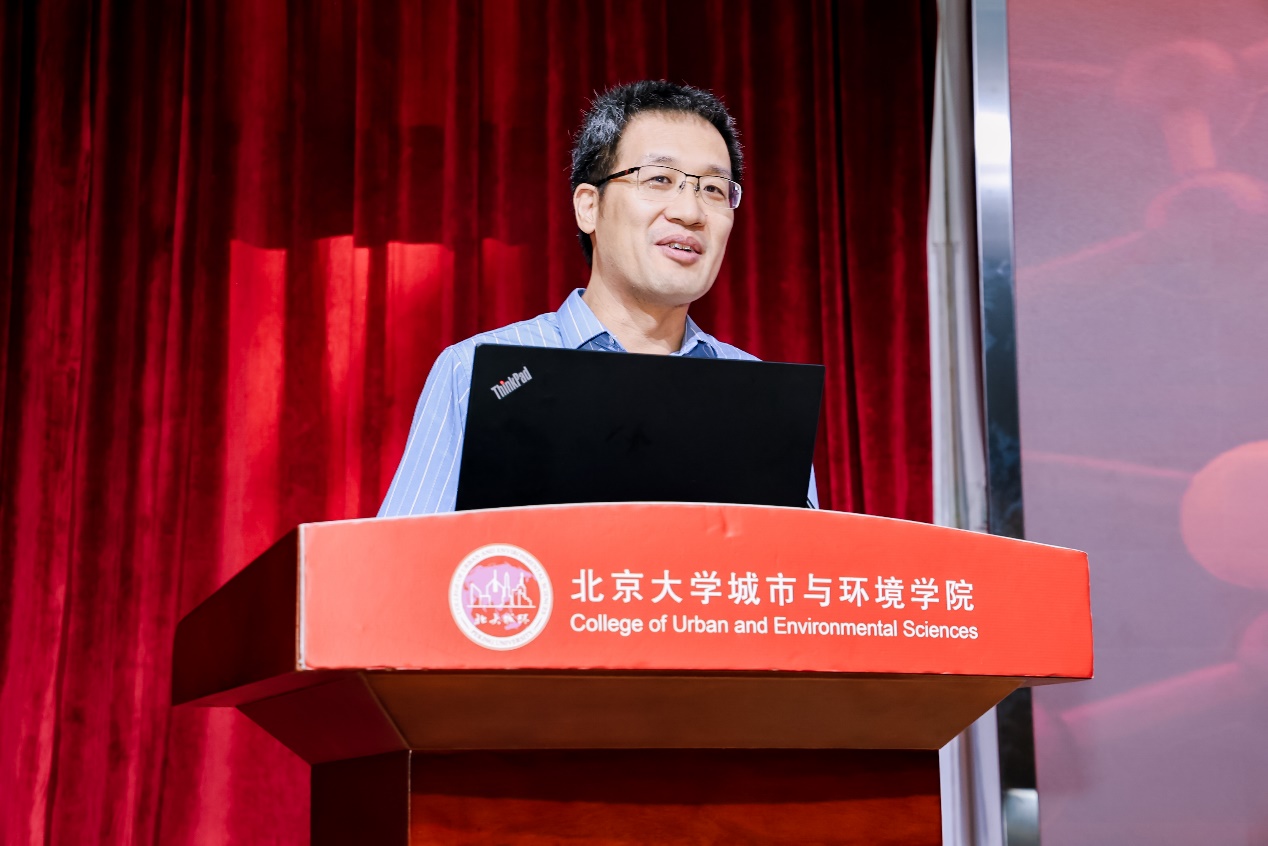
Figure 5. Prof. Zhiheng Wang delivers a speech
The Forum also garnered significant attention from leaders at the American Chemical Society Publications, the National Natural Science Foundation of China’s 21st Century Agenda Management Center, and Peking University. Deputy Director Wang Shunbing from the 21st Century Agenda Management Center, Dr. Sarah Tegen, Senior Vice President and Chief Publishing Officer of the American Chemical Society Publications, Professor Jiancheng Wang, Boya Distinguished Professor and Deputy Minister of the Research Department at Peking University, and Professor Zhiheng Wang, Deputy Director of the Academic Affairs Office and Vice Dean of the School of Urban and Environmental Sciences at Peking University, all delivered welcoming remarks. Deputy Director Wang Shunbing introduced the 21st Century Agenda Management Center’s support for promoting research in sustainable development, ecological civilization construction, and environmental protection in China, encouraging and supporting scientific innovations in the ecological and environmental fields, and focusing on promoting the application of new technologies and methods for environmental protection. He affirmed the theme of the Forum and looked forward to promoting in-depth cooperation in new pollutant research between domestic and international parties through this meeting. Dr. Sarah Tegen acknowledged Peking University’s efforts in hosting the event and expressed hope for strengthening the deep collaboration between the American Chemical Society Publications and Peking University, looking forward to continued outstanding contributions from Chinese scholars in new pollutant research. Professors Jiancheng Wang and Zhiheng Wang discussed the research progress in chemistry, environmental chemistry, and environmental health at Peking University, expressing pride in the university’s establishment of the first undergraduate major and specialized department in environmental health in China, and hoped to work with global institutions and researchers to address these challenging environmental issues.
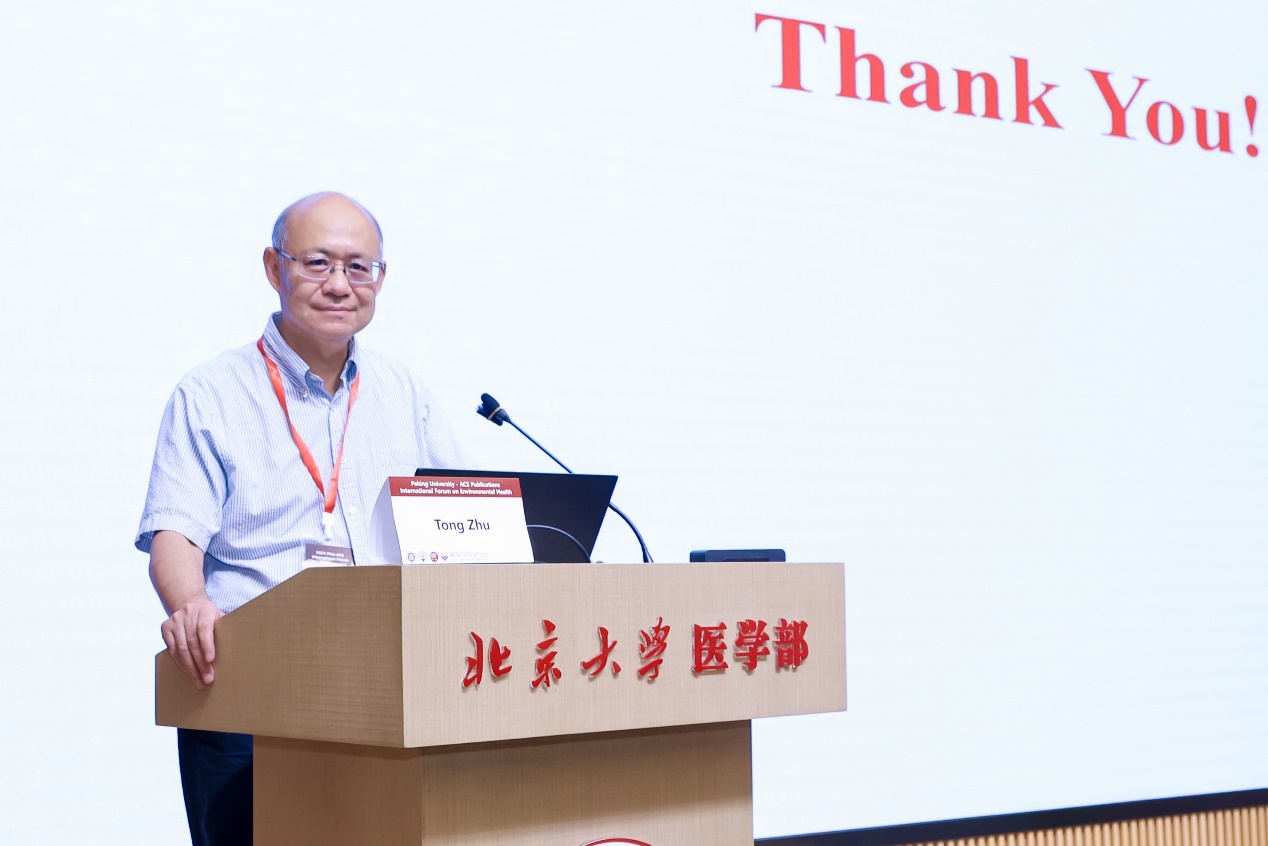
Tong Zhu, Boya Chair Professor, Academician of Chinese Academy of Sciences
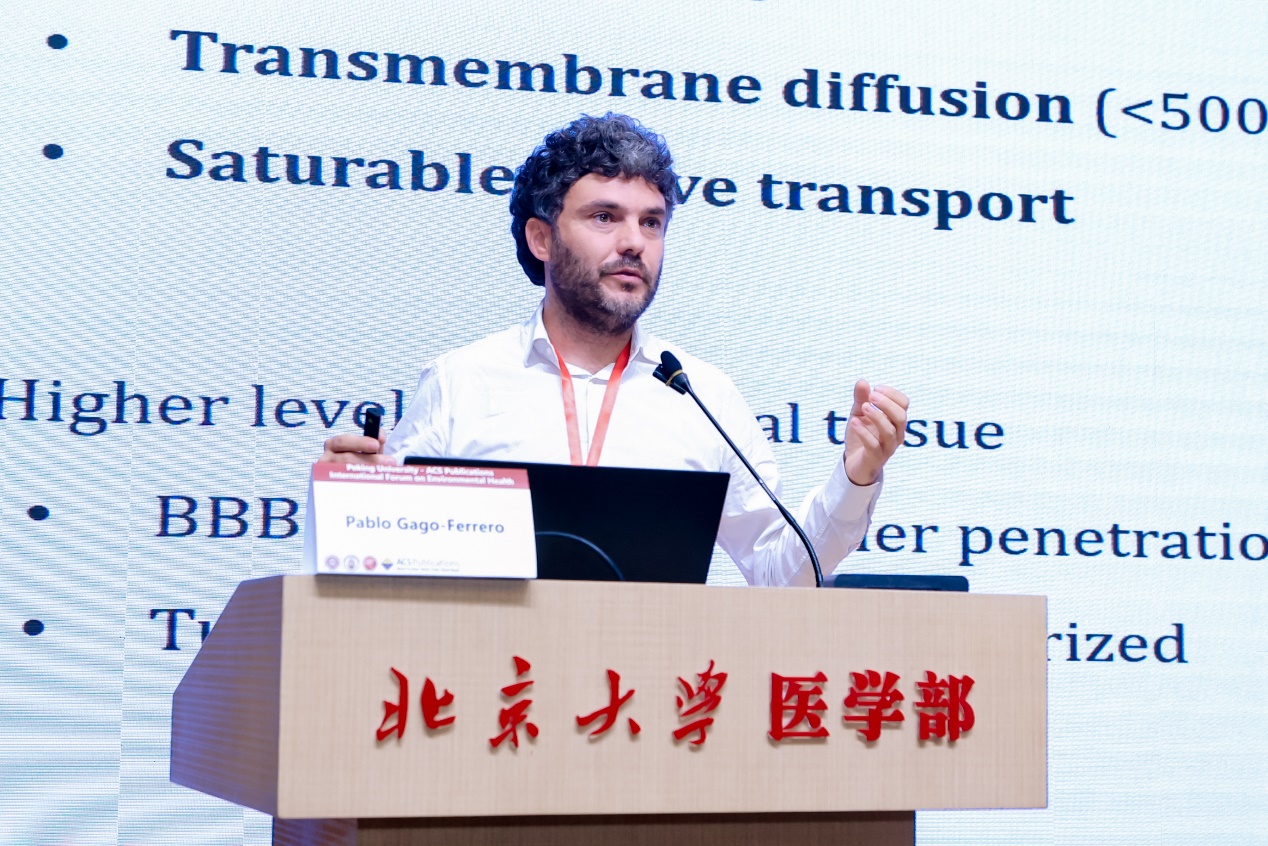
Pablo Gago-Ferrero, Professor, ES&T Associate Editor
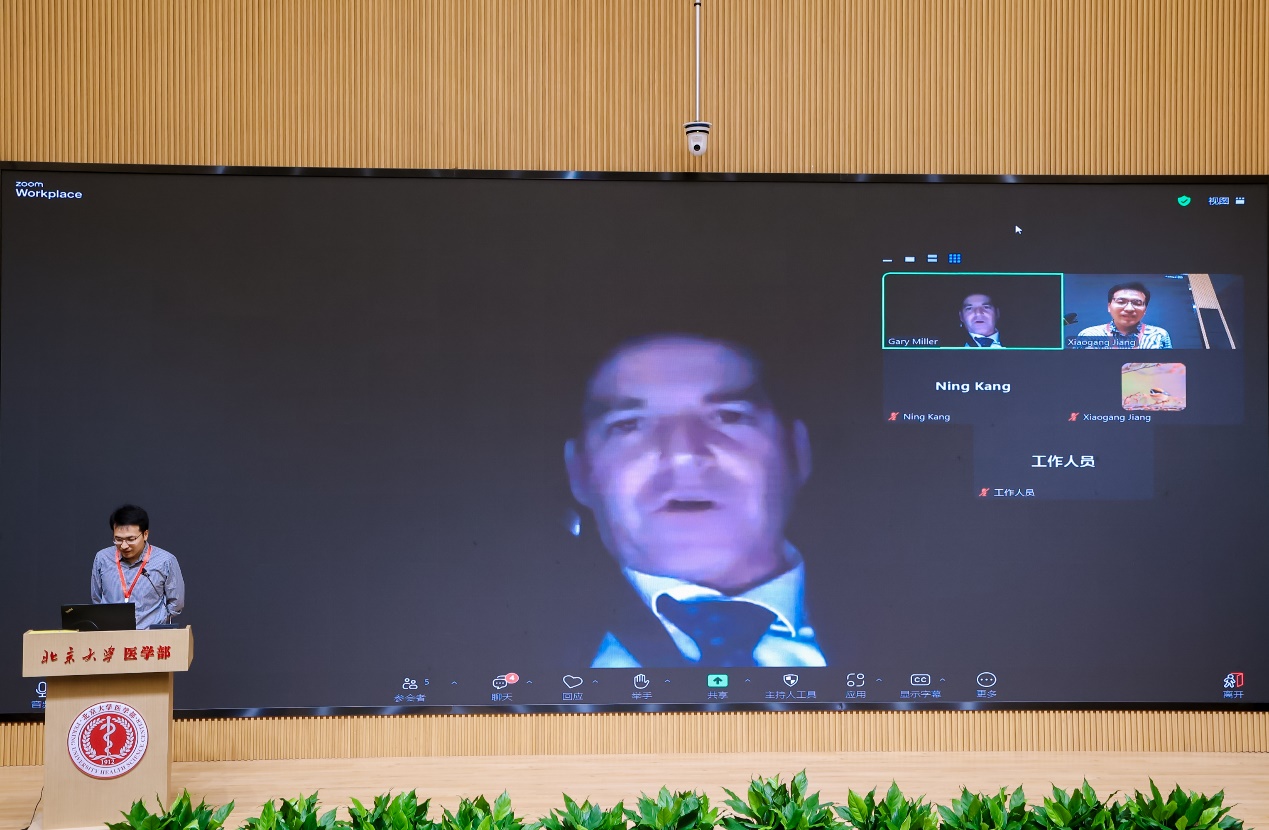
Gary W. Miller, Professor, Exposome Editor-In-Chief
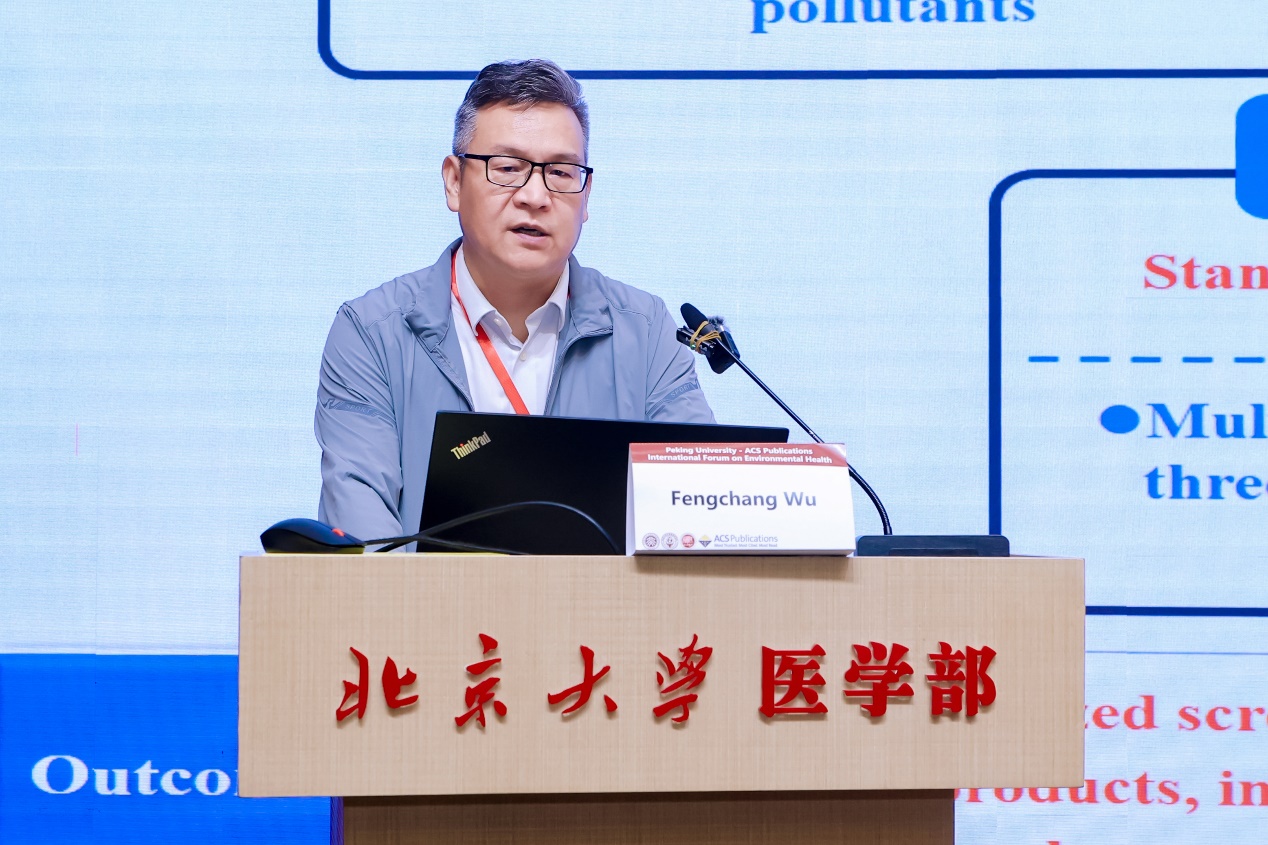
Fengchang Wu, Professor, Academician of Chinese Academy of Engineering
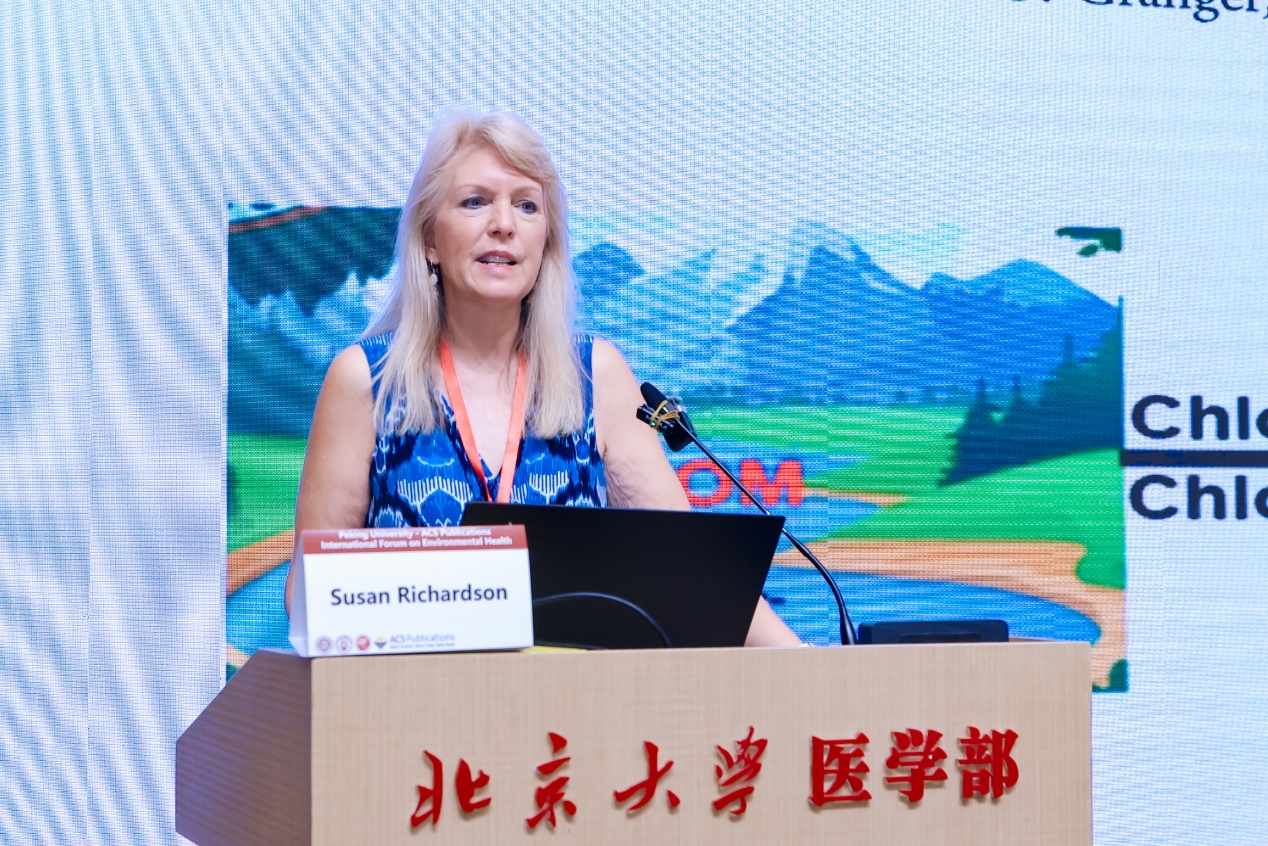
Susan Richardson, Professor, U.S. National Academy of Engineering/ ES&T Executive Editor
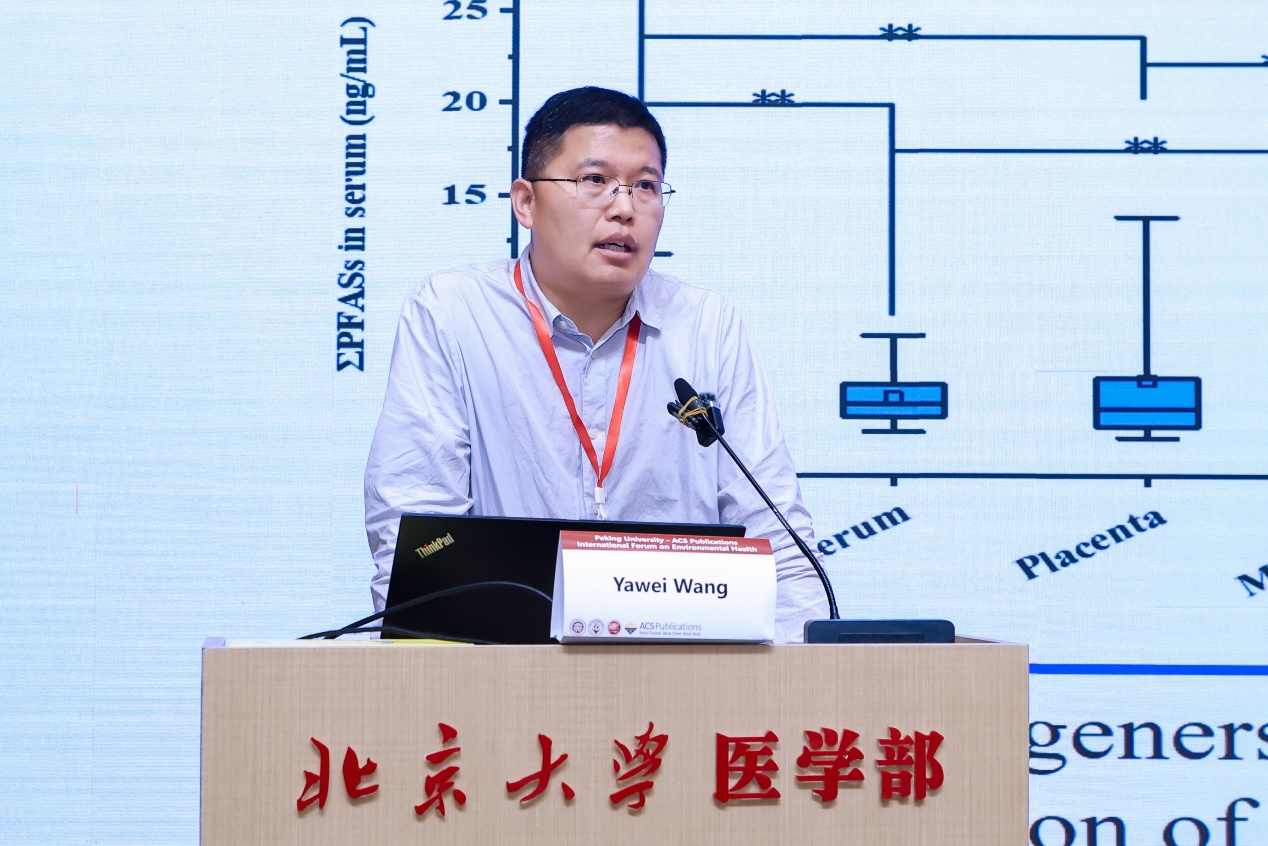
Yawei Wang, Professor, National Science Fund for Distinguished Young Scholar
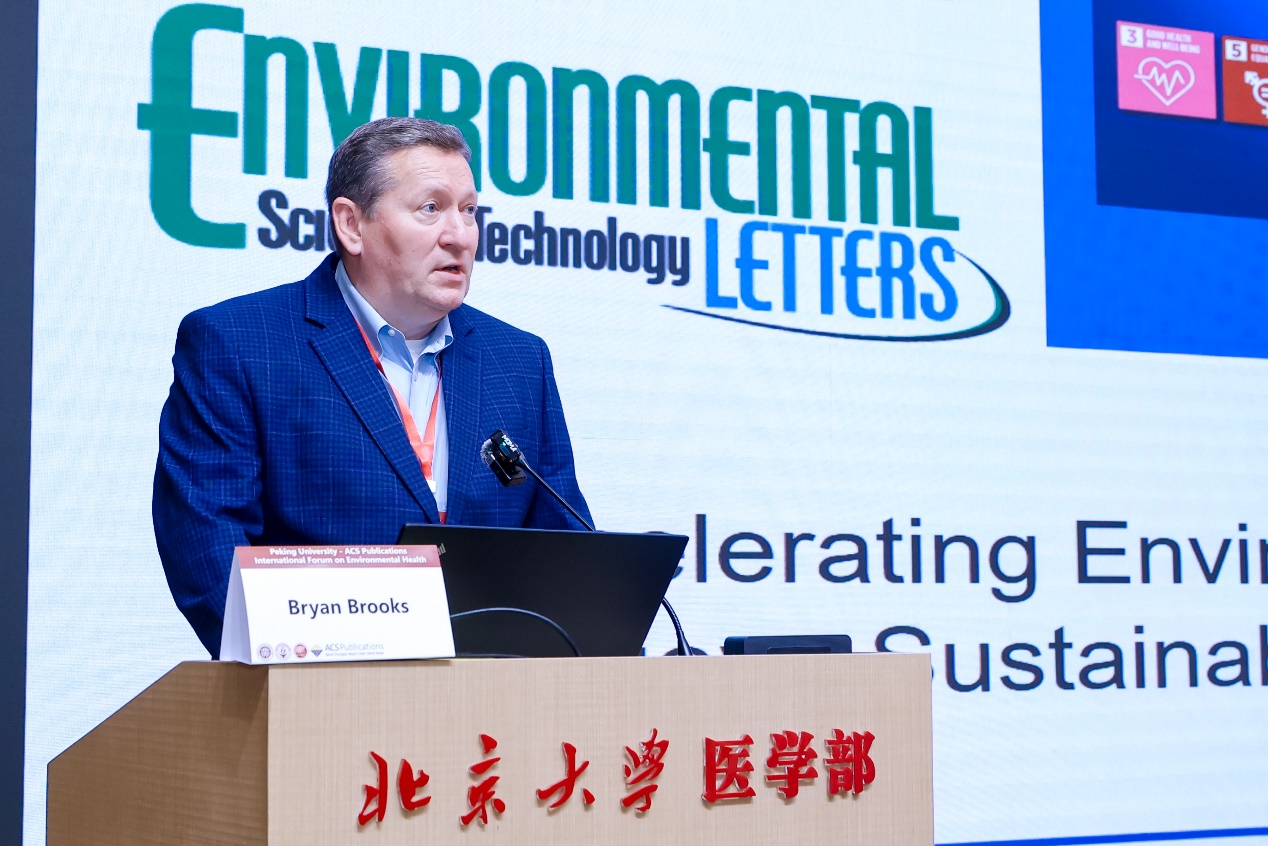
Yawei Wang, Professor, National Science Fund for Distinguished Young Scholar
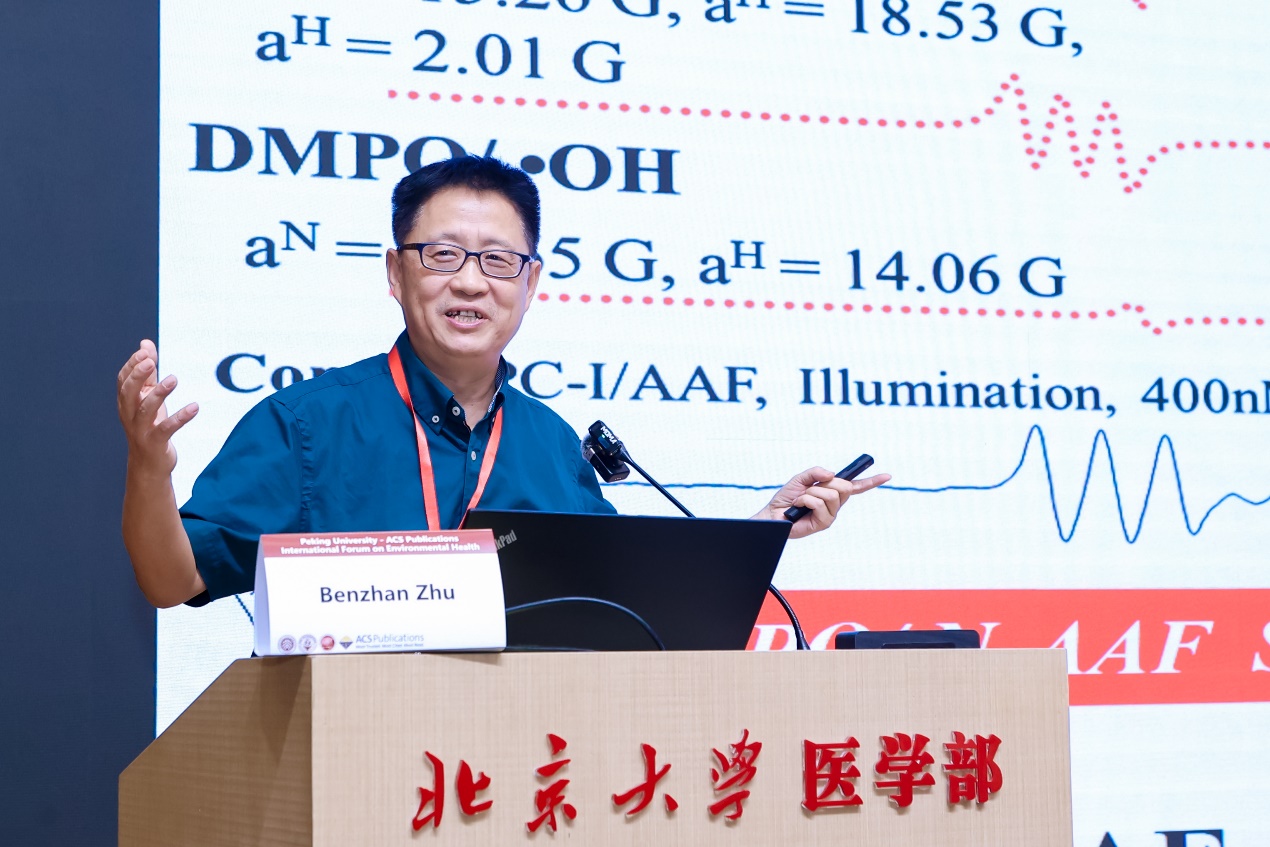
Ben-Zhan (Benny) Zhu, Distinguished Professor/CAS Outstanding Hundred-Talent Scientist, Chem Res Toxicol Editorial Board
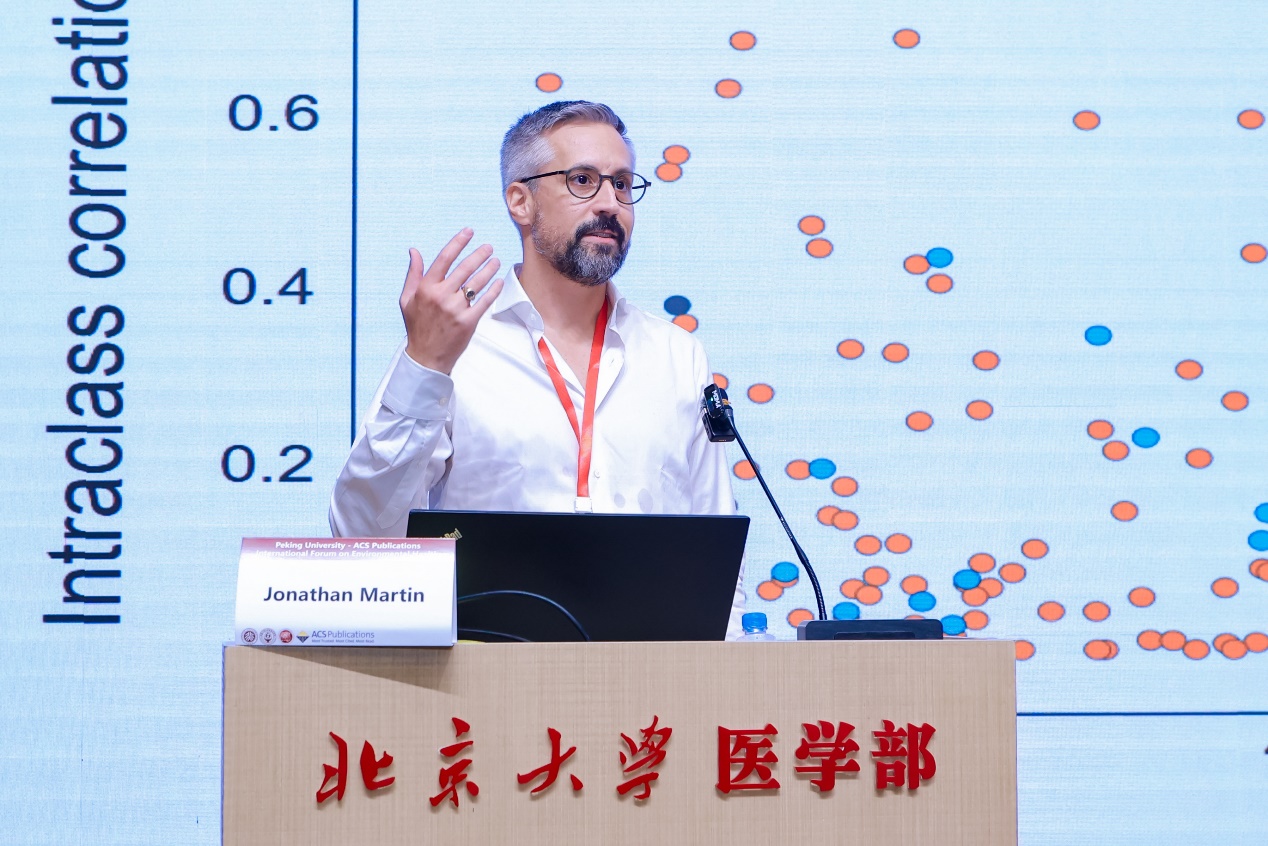
Jonathan Martin, Professor, ES&T Lett Associate Editor
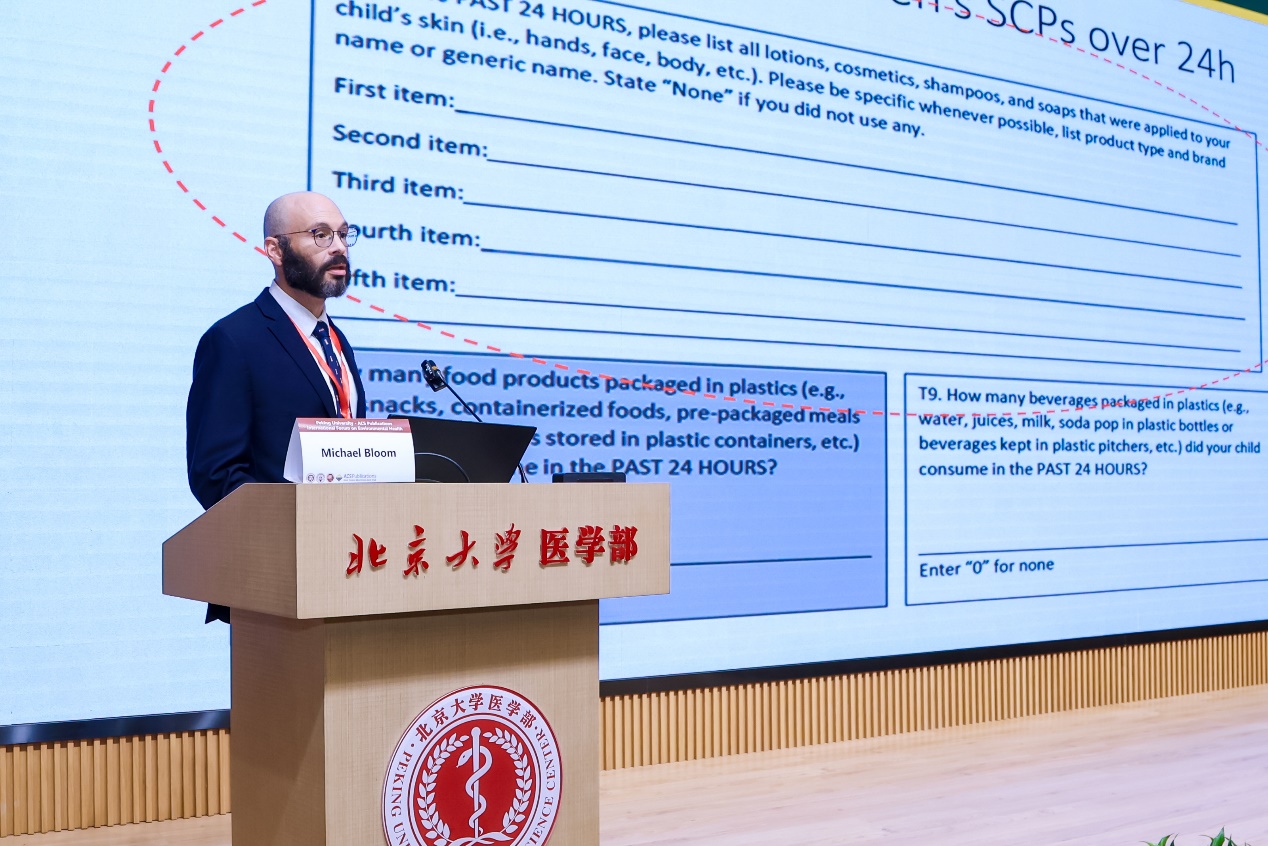
Michael Bloom, Professor, Environ Int/Fertility & Sterility Editorial Board
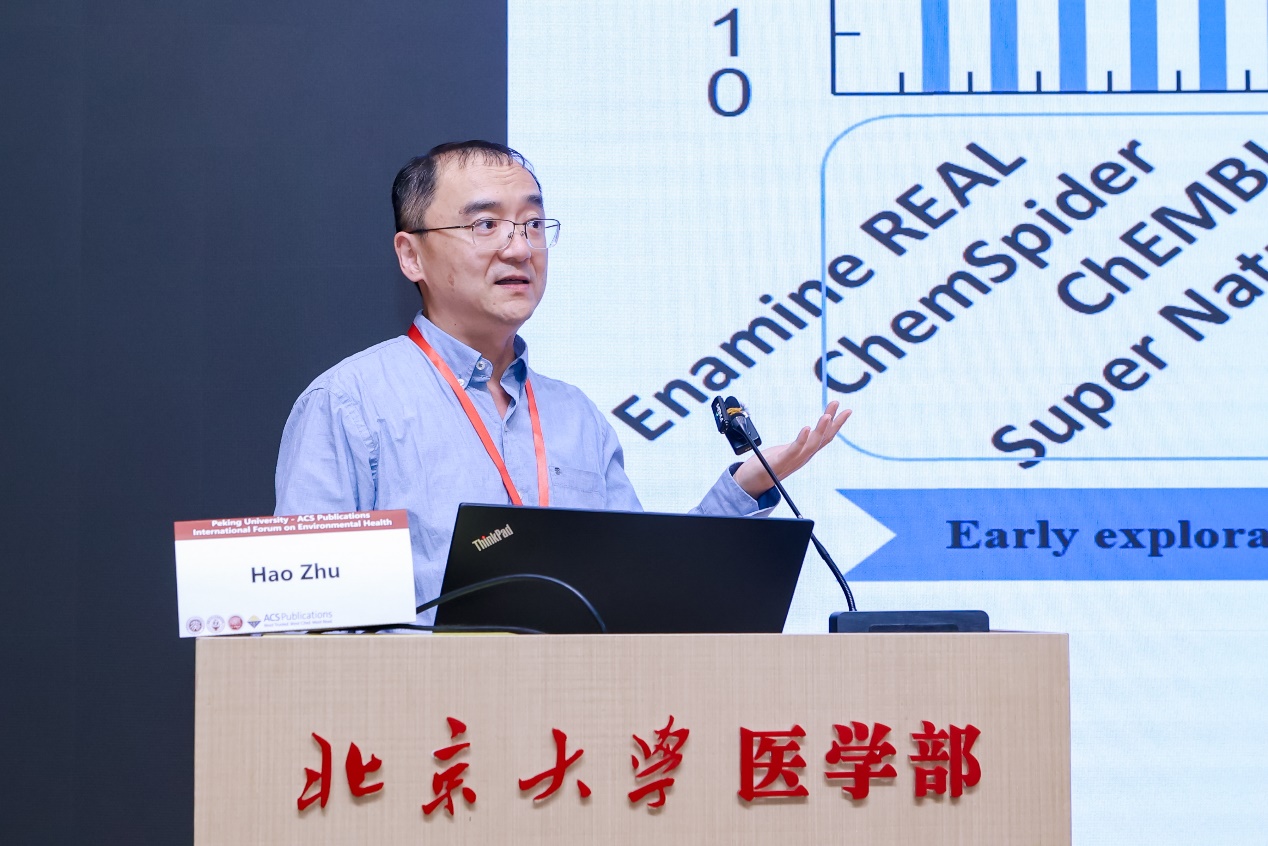
Hao Zhu, Professor, EES Associate Editor
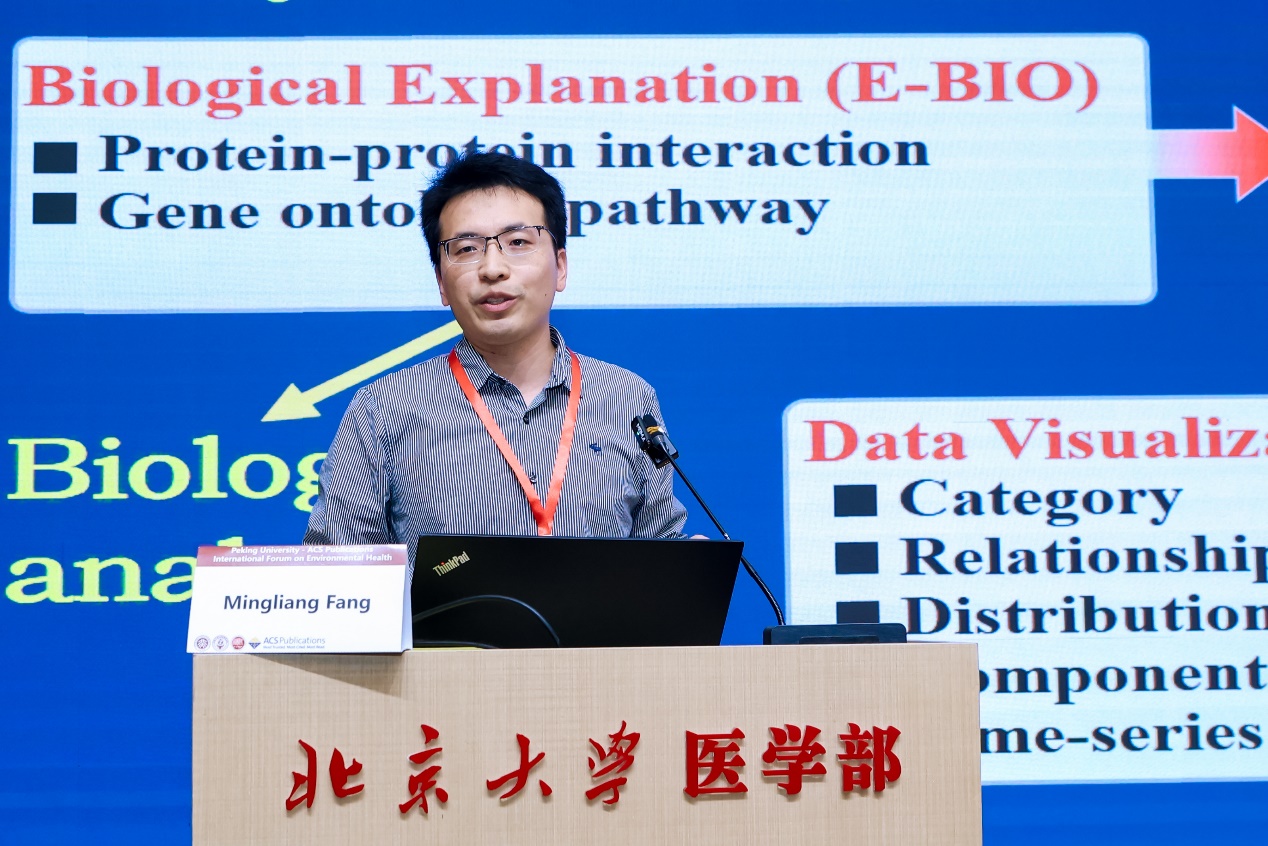
Mingliang Fang, Professor, EP Editor/ES&T Lett EAB
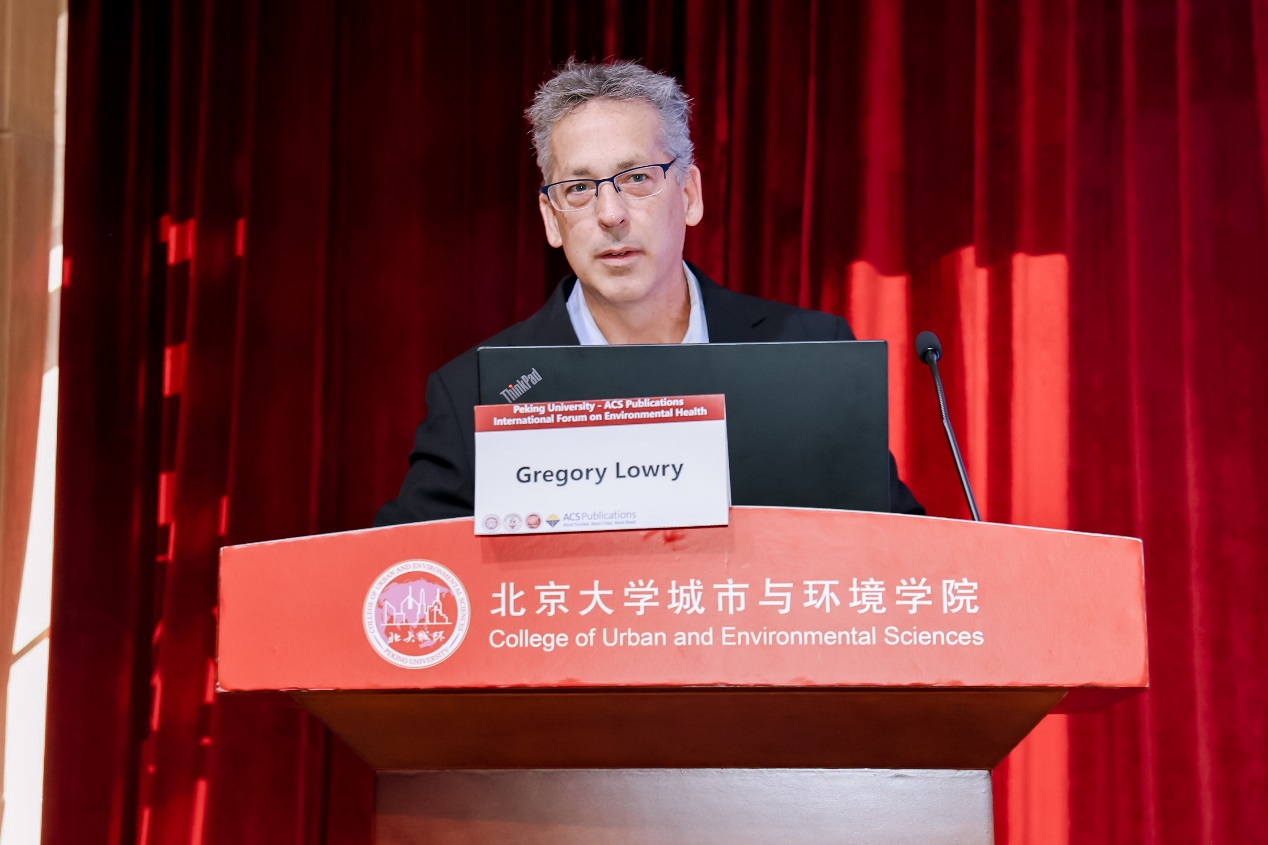
Gregory Lowry, Professor, ES&T Executive Editor
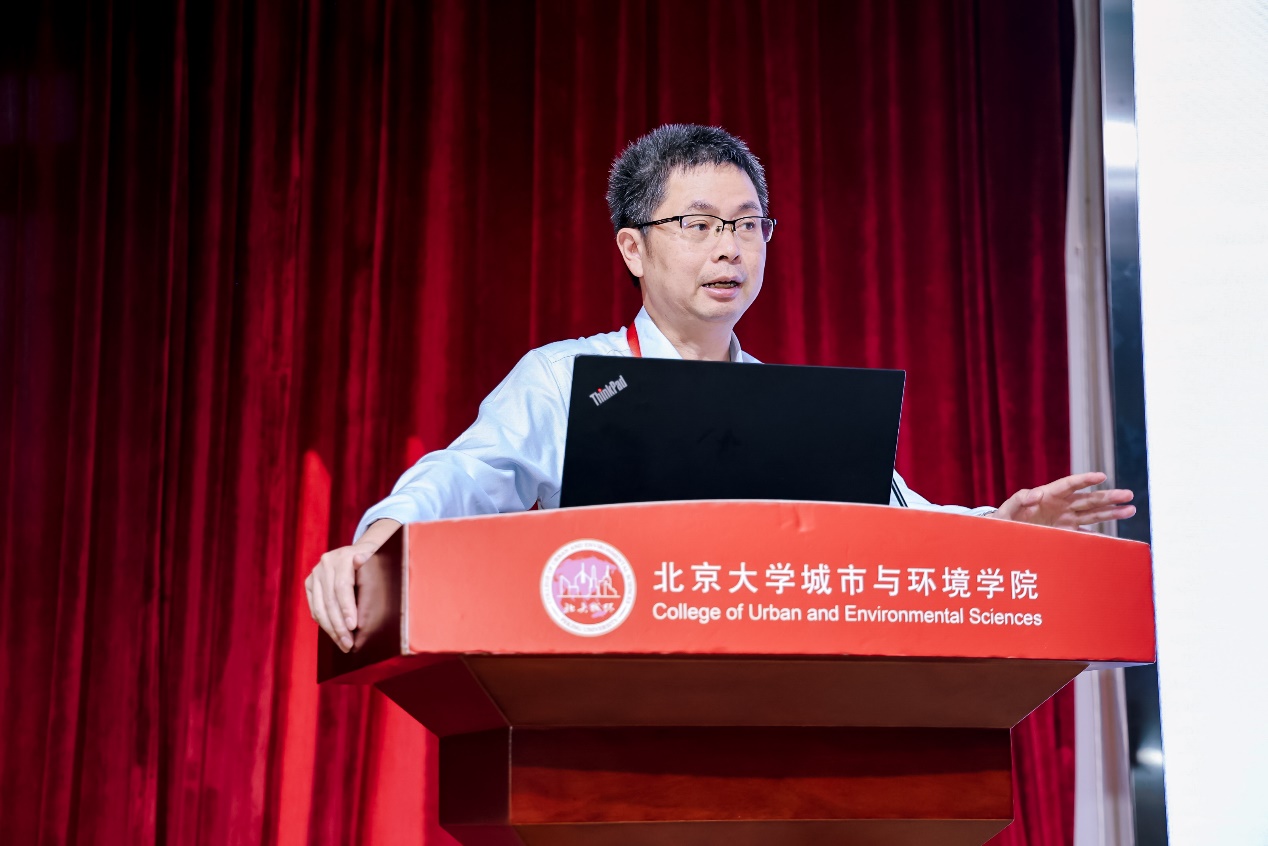
Hailin Wang, Professor, Chem Res Toxicol Editorial Board, National Science Fund for Distinguished Young Scholar
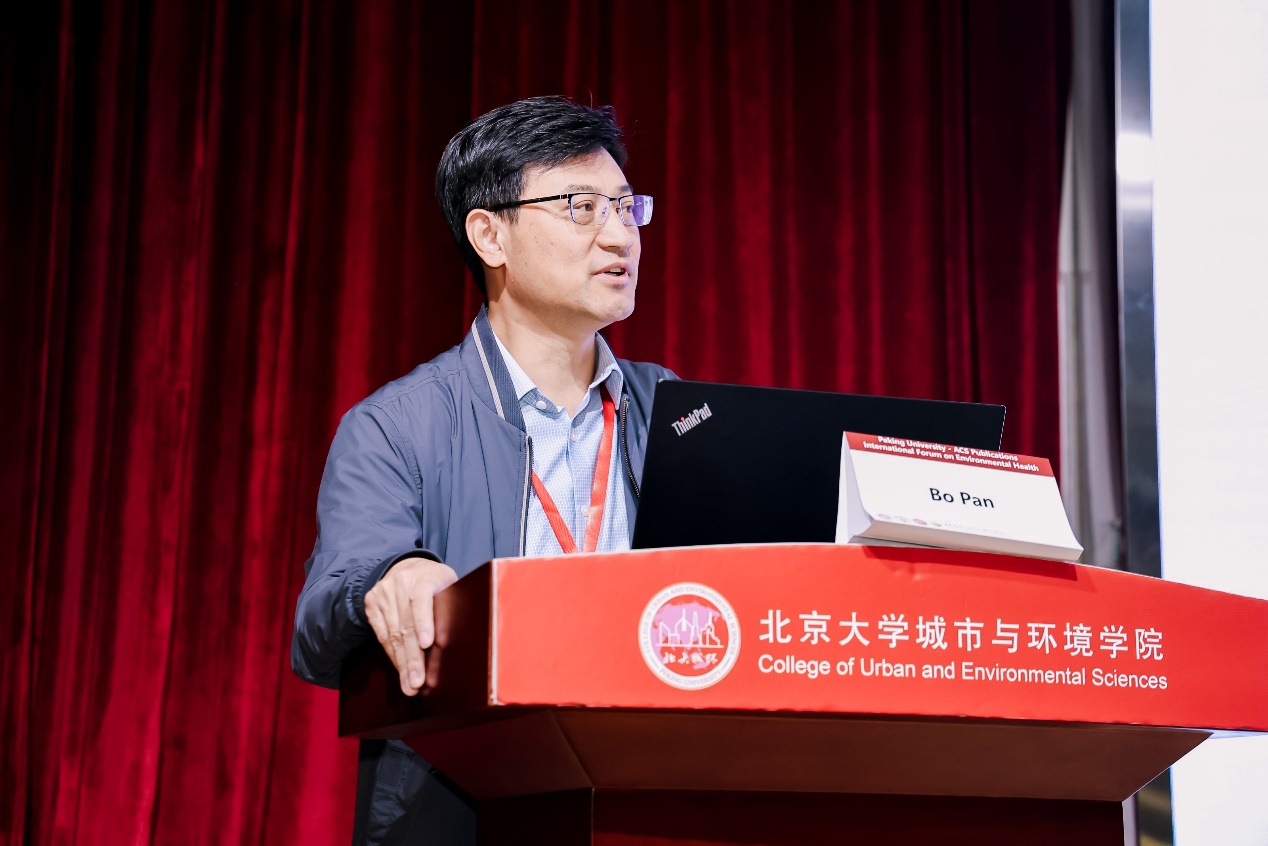
Bo Pan, Professor, Vice-president of KUST, National Science Fund for Distinguished Young Scholar

Ting Ruan, Professor, National Science Fund for Excellent Young Scholar

Daniel Schlenk, Professor, ES&T Executive Editor
Figure 7. Photos of on-site reporting experts
During the Forum, 20 high-level academic presentations from leading global scholars covered hot topics such as disinfection byproducts, black carbon and ultrafine particles in the air, and the treatment and health effects of new pollutants. Notable scholars, including Academicians Zhu Tong and Wu Fengchang, and researchers such as Zhu Benzhan, Wang Yawei, Wang Hailin, and several others, elaborated on the latest research developments in their respective fields, providing participants with valuable cutting-edge knowledge. The Forum also featured renowned scholars sharing insights on the application of exposomics in complex human disease research and the cutting-edge applications of machine learning in computational toxicology in the era of big data. The content of the Forum was wide-ranging, integrating interdisciplinary perspectives from chemistry, environmental science, medicine, and artificial intelligence, offering new ideas for the management of new pollutants. Over the course of two days, participants not only engaged in excellent academic reports but also had lively discussions on the future research directions of emerging pollutants during thematic discussion sessions. Regarding the issues related to clean energy transition under the goal of carbon neutrality and the associated pollution challenges, experts unanimously agreed on the need for more diversified research tools and methods to address the complex exposure scenarios brought about by global climate change. The Forum particularly emphasized the importance of the “Action Plan for New Pollutant Management” in global control of new pollutants. Participants agreed that through international collaboration, the challenges posed by new pollutants could be better addressed, and joint research development in this field could be promoted.
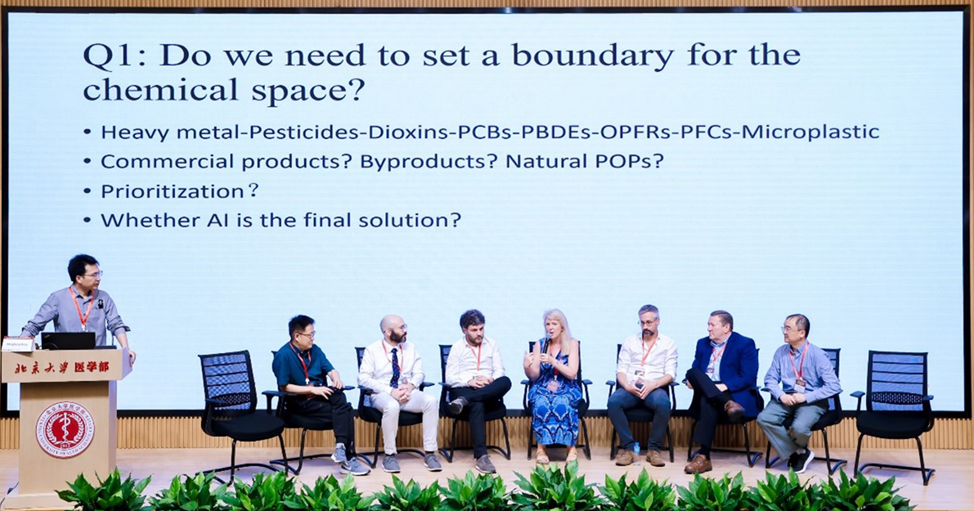
Figure 8. Free discussion among reporting experts (9.20)
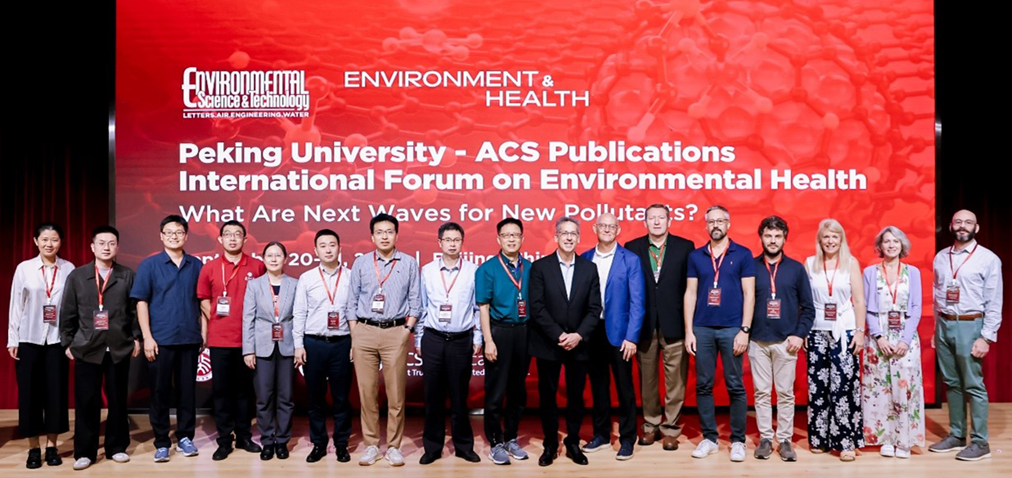
Figure 9. Group photo of reporting experts and the moderators (9.21)

